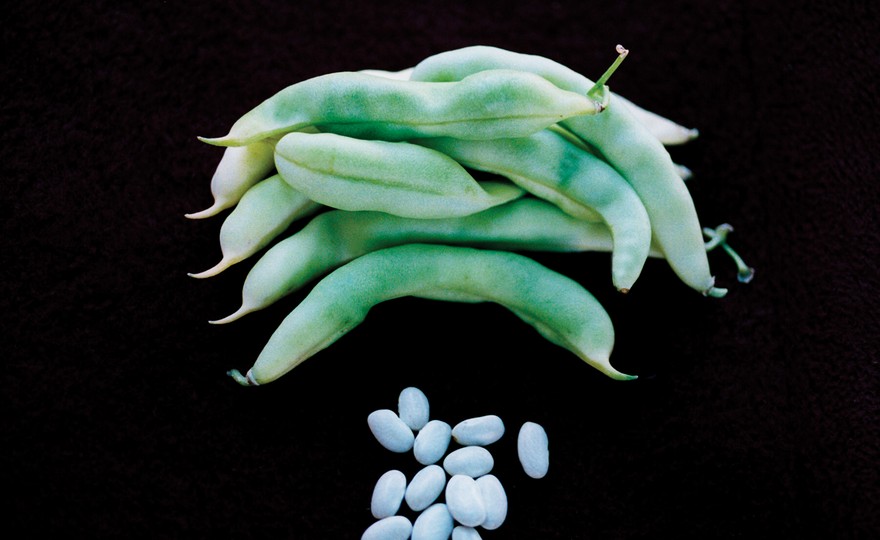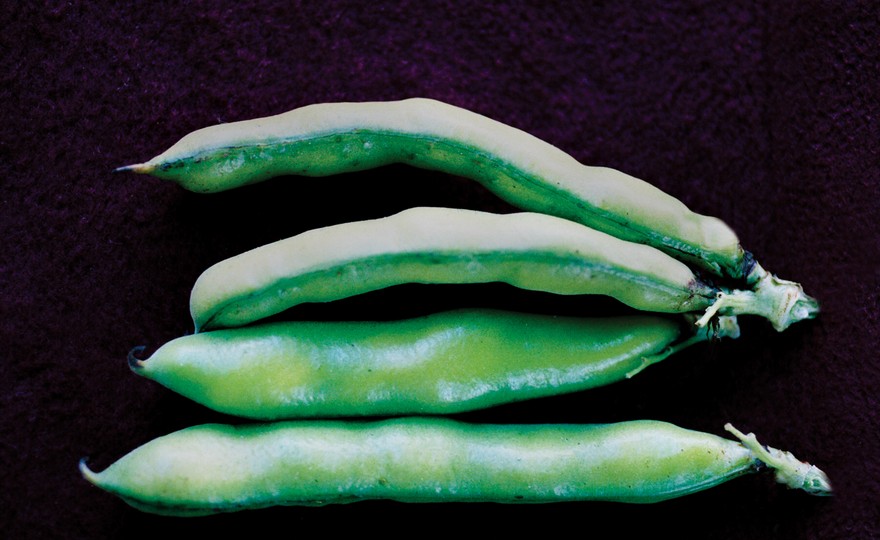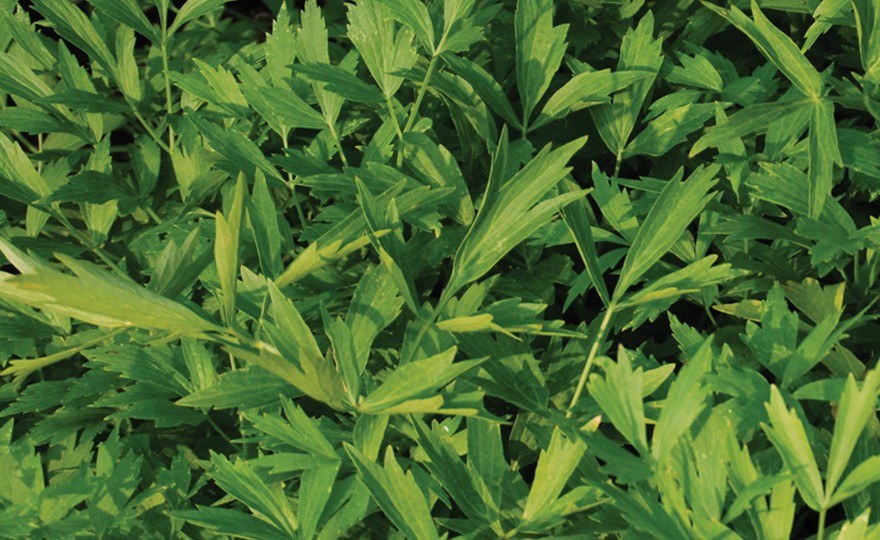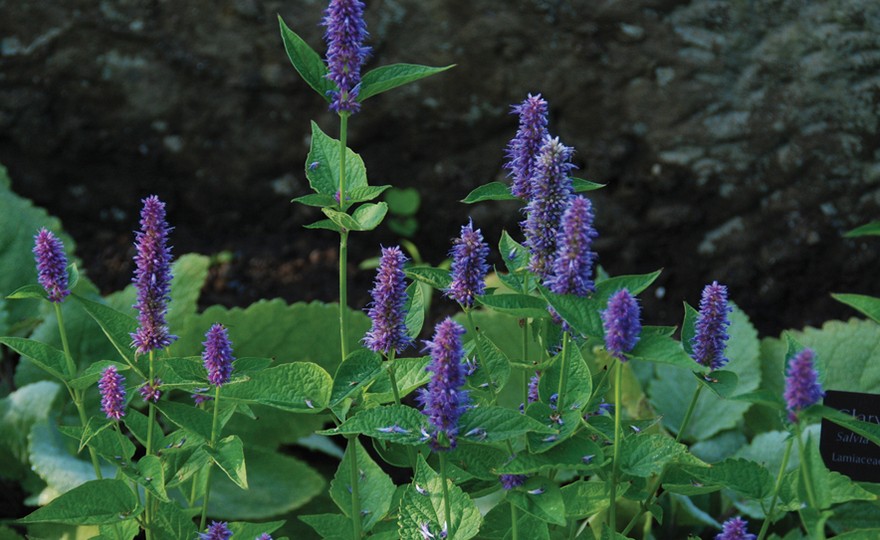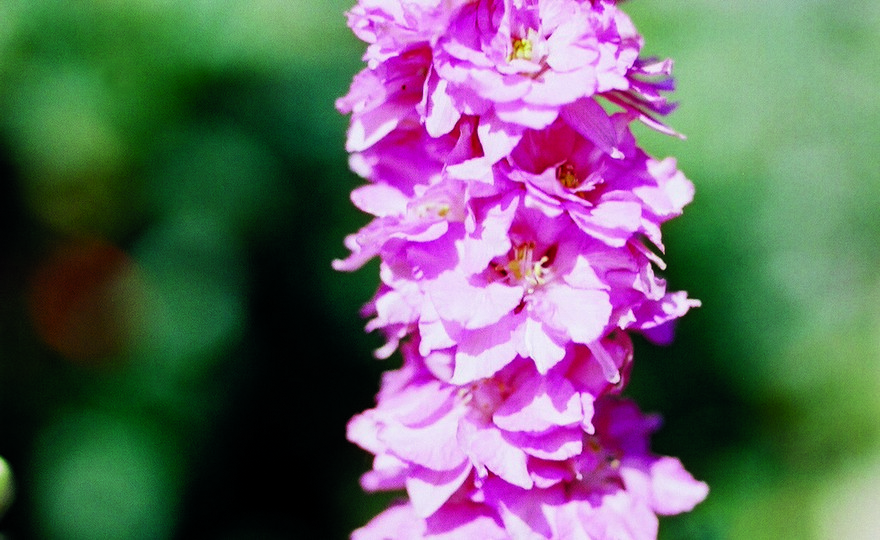
Sweet Corn, White Hybrid – Silver Queen
-
- **SOLD OUT** HOLIDAY GIFTS **SOLD OUT**
- **SOLD OUT** Holiday Books **SOLD OUT**
- **SOLD OUT** Holiday Citrus **SOLD OUT**
- **SOLD OUT** Holiday Gift Certificates **SOLD OUT**
- **SOLD OUT** Holiday Paperwhites **SOLD OUT**
- **SOLD OUT** Holiday Praying Mantis Kits **SOLD OUT**
- **SOLD OUT** Holiday Tools **SOLD OUT**
- **SOLD OUT** Holiday Wildflower Mixtures **SOLD OUT**
- Citrus Trees
- **SOLD OUT** - Vegetable and Herb Plants - Mix & Match any 6 Plants for $50 - Only Shipped in Quantities of 6
- Elephant Ear Plants & Roots
- **SOLD OUT** 4-Inch Pot Herb Plants **SOLD OUT**
- Rare Plants
- **SOLD OUT** Vining Plants **SOLD OUT**
- Asian Seeds
- Beneficial Bugs
- Books
- Citrus Fertilizers
- Cold-Treated Bulbs - SEE BULBS FOR FALL PLANTING TO ORDER
- Cold-Treated Allium
- Cold-Treated Chionodoxa
- Cold-Treated Crocus
- Cold-Treated Hyacinthoides
- Cold-Treated Hyacinthus Orientalis
- Cold-Treated Narcissus
- Cold-Treated Cyclamineus Narcissus
- Cold-Treated Double Heirloom Narcissus
- Cold-Treated Jonquilla Narcissus
- Cold-Treated Large Cupped Narcissus
- Cold-Treated Poeticus Narcissus
- Cold-Treated Small Cupped Narcissus
- Cold-Treated Species Miniature Narcissus
- Cold-Treated Split Cupped Narcissus
- Cold-Treated Tazetta Narcissus
- Cold-Treated Triandus Narcissus
- Cold-Treated Trumpet Daffodils
- Cold-Treated Ornithogalum
- Cold-Treated Rock Garden Iris
- Cold-Treated Scilla
- Cold-Treated Tulips
- Cold-Treated Emperor Tulips
- Cold-Treated Fringed Tulips
- Cold-Treated Green or Viridiflora Tulips
- Cold-Treated Lily Flowering Tulips
- Cold-Treated Parrot Tulips
- Cold-Treated Peony Flowering Tulips
- Cold-Treated Single Early Tulips
- Cold-Treated Single Late Tulips
- Cold-Treated Species Tulips
- Cold-Treated Triumph Tulips
- Flower Bulbs, Corms and Tubers
- Bulbs for Spring Planting
- Bulbs for Fall Planting - ALL BULBS AVAILABLE ARE COLD TREATED FOR PLANTING AS SOON AS SOIL CAN BE WORKED
- Fall Blooming Bulbs
- Garden Tools & Equipment
- Gift Certificates
- HHH Exclusive Wildflower Mixtures
- Wildflower Mixtures
- Heirloom Garlic
- Potatoes
- Roots & Sets
- Seeds
- Flowers
- Herbs
- Vegetables
- **SOLD OUT** HOLIDAY GIFTS **SOLD OUT**
-
- No products to compare
-
75 in stock
Quick Overview
SWEET CORN, White Hybrid – Silver Queen
FULL SUN Corn may have been the greatest gift that the New World shared with the Old World. Native to North and South America, this plant is one of the planet’s major food crops. It has been cultivated for at least 8000 years. Silver Queen is perhaps the most famous of all corn varieties grown today. Introduced in 1955, the long lasting, exceptionally sweet, tender white kernels are an American favorite.
Plant in late spring after the danger of frost has passed and the soil has warmed to a depth of 6 inches. If planting in rows, keep rows 18 inches apart. When seedlings are 2 inches high, thin, leaving 6-8 inches between plants. Corn prefers light, loamy soil that has been lightly fertilized.
| Type | Spacing | Planting Depth | Days to Germination | Maturity |
| Hybrid Sweet Corn | 6-8 in. | 1.5 in. | 7-10 | 90 |

Sweet Corn, White Hybrid - Silver Queen
One of the greatest gifts that the New World presented to the Europeans was corn or maize as it was then called by some. One of the first sights for Christopher Columbus’ crew as they reached Hispaniola was of fields of maize growing on the island. The cultivation of corn in the New World is one of the most ancient of traditions. Corn was grown from Brazil and Chile to as far north as southern Canada. It was a key ingredient in the diets of the Aztecs, the Mayans and the Incans, and even before these civilizations appeared, corn was cultivated by prehistoric peoples of the Americas.
Corn is believed to have originated from a wild grass called teosinte. The word teosinte actually means ‘God’s corn’. Teosinte still grows as a wild grass in Mexico, Honduras and Guatemala. Even today, it is so genetically similar to primitive types of maize that the plants frequently cross-fertilize. Interestingly, our modern corn has become such a specialized food product, that it cannot survive with the cultivation of humans.
There are at least six types of corn. Dent corn has kernels which have an indentation on their tops and contain soft, starchy corn under their dented tops. Flint corn has very hard kernels that when dried are tough to grind. Flour corn has soft kernels that are very easy to grind. Popcorn kernels burst open when heated. Pod corn, which is not well known and seldom grown today, produces tiny husks on which grow multicolored kernels. It is largely a curiosity and only of ornamental significance. Sweet corn, the kind with which most of us are familiar, differs from all the other types of corn because the kernels lack the ability to convert sugar into starch. Because of this, sweet corn retains its sweet taste for a short period of time after it is harvested.
Corn requires warm soil (65-75 degrees) to germinate and rich soil to grow. Wait until after the last frost to direct seed and make sure that plenty of dried manure has been added to the soil several weeks prior to planting. Sow seeds, 1.5 inch deep, 3-4 inches apart, in rows 18 inches apart. Thin seedlings to 6-8 inches apart. For intense backyard gardening, rows can be as close as 15 inches, but the plants will require frequent fertilization. Because corn is wind pollinated, to maximize the number of fully developed ears, corn should be planted in beds that are nearly square. We have actually harvested dozens of ears of corn from tiny, but intensively gardened beds that were 8 feet by 8 feet. Corn can also be planted in containers – especially ornamental and popcorn which do not produce large cobs. Eight small cobbed or 6 large cobbed plants can be grown in an 18-inch diameter container.
The Best Soil Mix for Containers


